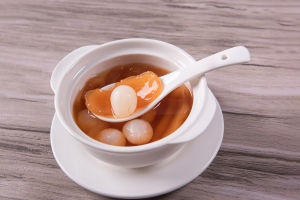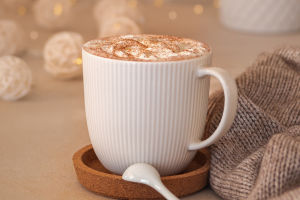A beautiful wedding cake is usually the centerpiece of a wedding, placed prominently at the reception. This tradition dates back to Roman and Medieval times when a stack of buns symbolized similar significance.
Throughout the centuries, many traditions have evolved around wedding cakes, making them a vital part of any wedding celebration.
It's crucial to carefully plan a cake that reflects the couple and respects the various customs associated with wedding cakes.
Cutting the Cake
In addition to the first dance and bouquet toss, cutting the cake is another charming tradition captured in every wedding album. Originally, the bride used to cut the cake alone, but today it's a shared activity symbolizing the couple's first task together.
As wedding cakes grew larger with multiple tiers and guest lists expanded, the cake cutting process became more intricate. Nowadays, the bride and groom typically cut the first slice together, but often leave the rest to the caterer rather than cutting the entire cake themselves.
The Bride and Groom Feeding Each Other Cake
The second part of the traditional cake cutting ceremony is when the bride and groom feed each other a small bite of cake. This gesture is romantic and sweet, symbolizing their commitment to care for each other and showing love and affection.
Unfortunately, in some cases, this custom has evolved to involve the groom or bride playfully smearing cake on their partner's face. It's important to note that unless both parties agree beforehand to participate in this playful act, it's best to stick with the simple feeding tradition.
The Groom's Cake
Early American weddings featured groom's cakes, a tradition still upheld in Southern states today. Many modern weddings have revived this tradition to highlight the groom's personal interests, hobbies, or favorite sports teams.
Groom's cakes are typically chocolate, providing a contrast to the main wedding cake, although they can be any flavor chosen by the groom.
Saving the Top Tier
Many couples choose to save the top tier of their wedding cake to enjoy on their first anniversary. Nowadays, couples are more likely to celebrate their first anniversary with a small cake-eating ceremony, which serves as a charming reminder of their special day.
A well-wrapped cake can survive a year in the deep freezer without much damage, provided it doesn't have mousse layers or delicate fresh fruit fillings.
Sleeping With Piece of Cake Under the Pillow
It's believed that sleeping with a piece of wedding cake under your pillow can make you dream of your future partner that night. This custom has been around for nearly 300 years and often ties into wedding favors, which are small replicas of the wedding cake.
Modern cakes are often softer than the traditional fruitcakes of the past, so putting them under a pillow could be messy! A neater solution is to place a favor in a box instead.
Wedding Cake Charms
The tradition of baking charms into wedding cakes, although not as common today, is a delightful practice as long as guests are warned to remove their charm before eating the cake!
A more practical approach is to insert the charms into the cake with a ribbon attached, allowing guests to easily pull them out.
Each charm carries a specific meaning:
- Heart: true love
- Ring: upcoming engagement
- Wishing Well: wishes coming true
- Highchair: children
- Clover or Horseshoe: good luck
- Rocking Chair: Long life
- Anchor: adventure
- Flower: new love
- Purse: good fortune
- Wedding bells: marriage
This tradition adds a unique touch to weddings, providing guests with a small token of meaning and symbolism.
The White Wedding Cake
In Victorian times, white icing symbolized wealth and social status, making a white cake highly desirable. The fine white sugar used for this icing was costly, and the lighter the cake, the more affluent the family appeared to their guests.
The white of the cake also represented the bride, who was the central figure of the wedding. Many modern brides continue this tradition by matching their cake's color to their dress or bouquet.
While wedding cakes today can be any color, most people still prefer the base color to be white. White symbolizes purity, and traditionally, this cake is known as the "bride's cake."
Lykkers, after exploring these rich traditions and customs surrounding wedding cakes, we invite you to reflect on your own experiences or aspirations for your special day. Did any of these traditions surprise you or resonate with your personal beliefs?
We'd love to hear your thoughts on which traditions you find most meaningful or which ones you might consider incorporating into your future celebrations. Feel free to share your thoughts and stories with us in the comments below!


